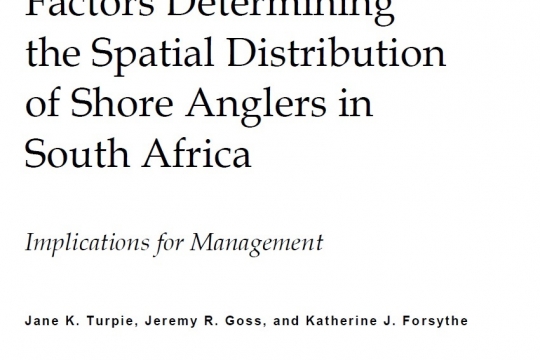Inshore line fish stocks are severely depleted in South Africa. Although management efforts have addressed pressures from the commercial and subsistence sectors, management of the recreational sector still needs to be addressed. Evidence suggests that spatial management measures would be more successful than traditional size and bag limits. In order to inform a spatial approach, this study investigated the determinants of temporal and spatial variability in angler distribution around the coast. Roving-creel data, which included GPS locations of all anglers encountered, were collected in six coastal areas totalling 456.2 km, with each section divided into a number of beats. Beats were divided into sub-beats for analysis, based on shore type. Anglers were encountered on only 17% of beat monitoring days, which meant that the analysis had to deal with a high frequency of zeros. Data were analysed using both two-part models for continuous data and zero-inflated models for count data, with sub-beat length as an offset variable in the latter models. Contrary to expectation, catch per unit effort (CPUE) was a stronger predictor of angler densities than distance from vehicle access points and source populations. This suggests that anglers are more sensitive than expected to catch rates and would benefit from stock conservation measures. Their distribution also suggests a perceived and/or real impact of -human population on fish stocks, resulting in the need to travel farther to find better fishing sites. However, the data also suggest that excess fishing pressure occurs adjacent to populous areas as a result of the simple economics of leisure in time- and income-constrained households. Temporal variation in angler numbers is high and will require a changed approach to enforcement effort.
Factors Determining the Spatial Distribution of Shore Anglers in South Africa
EfD Authors
Country

